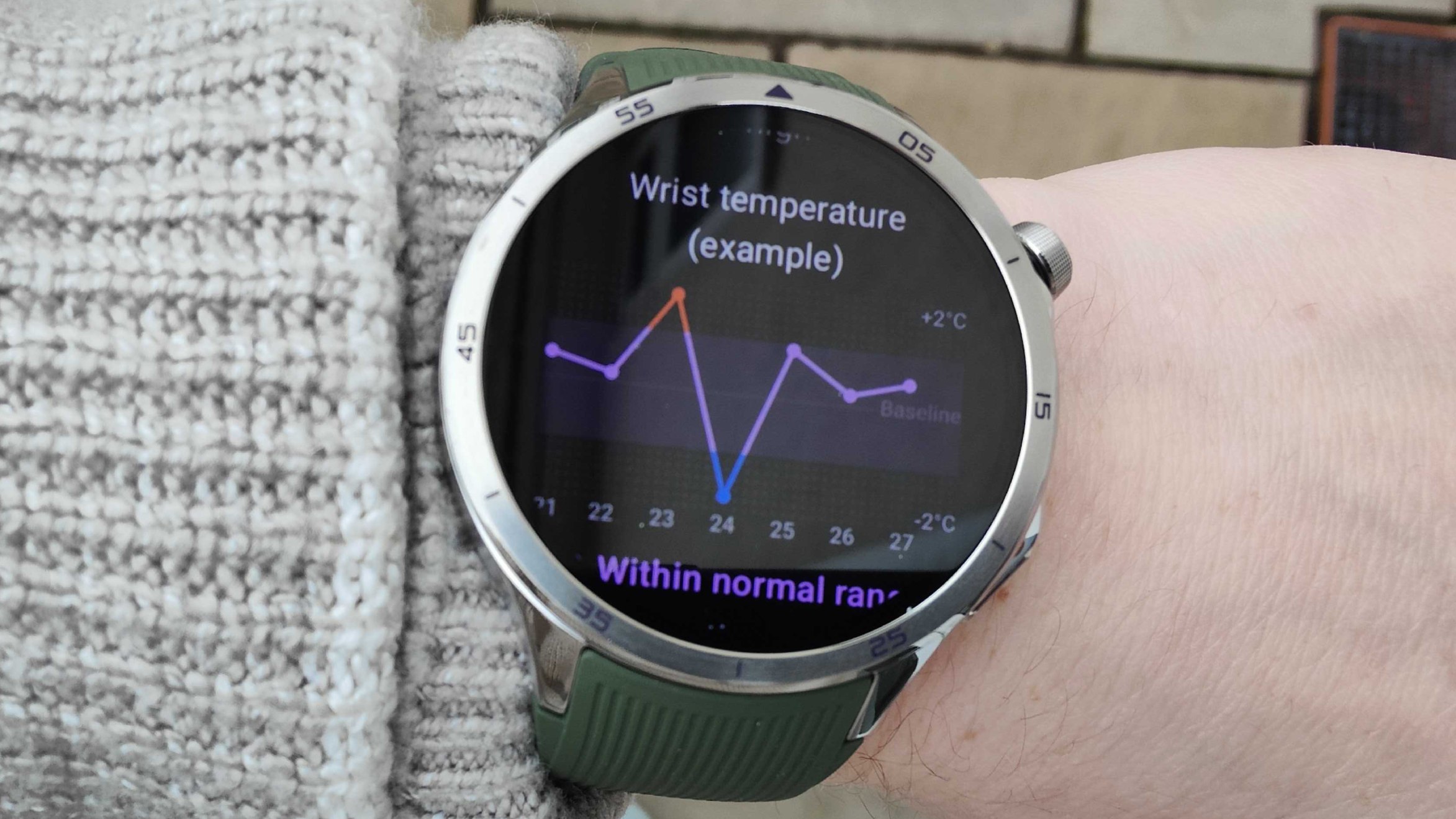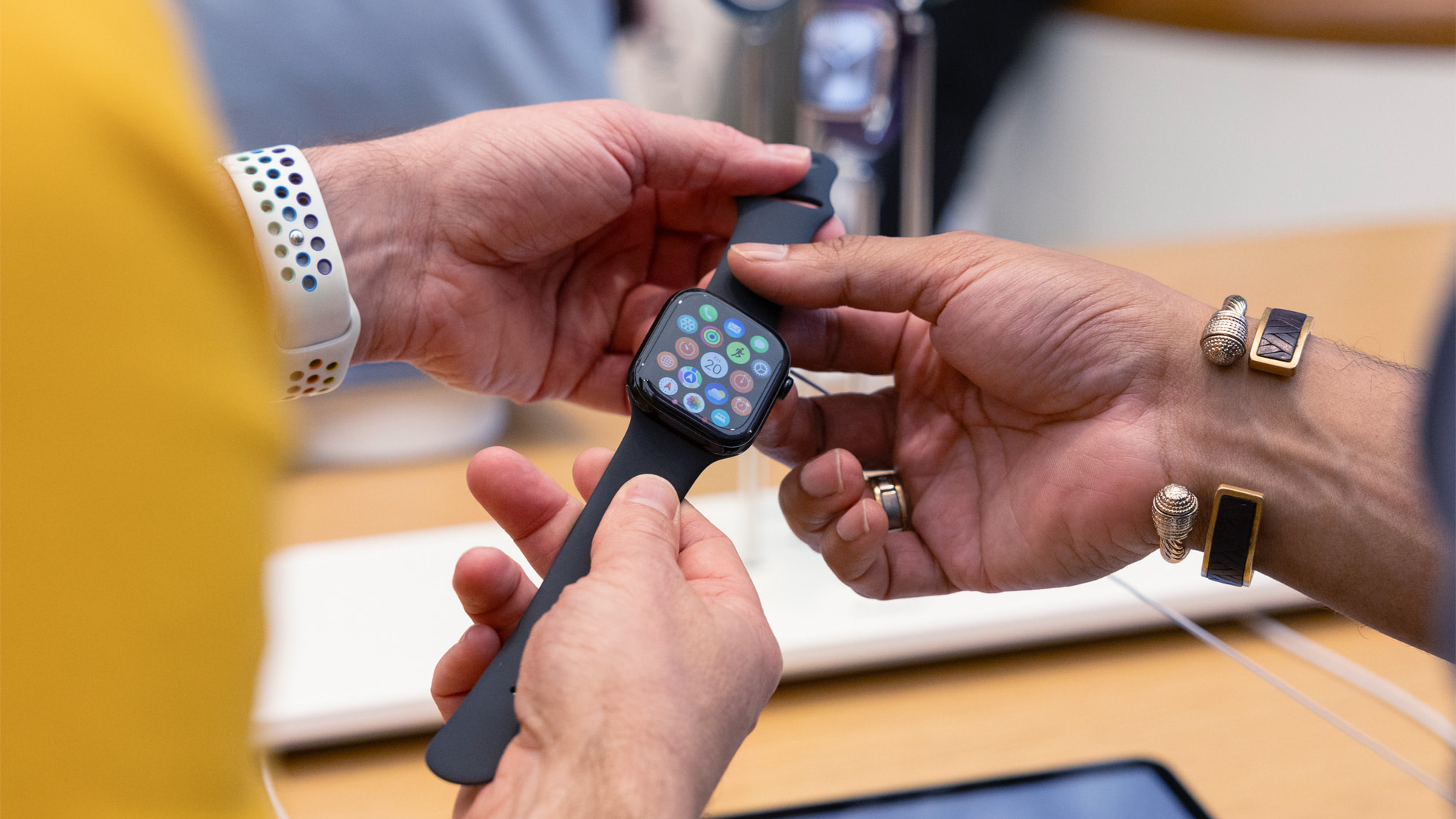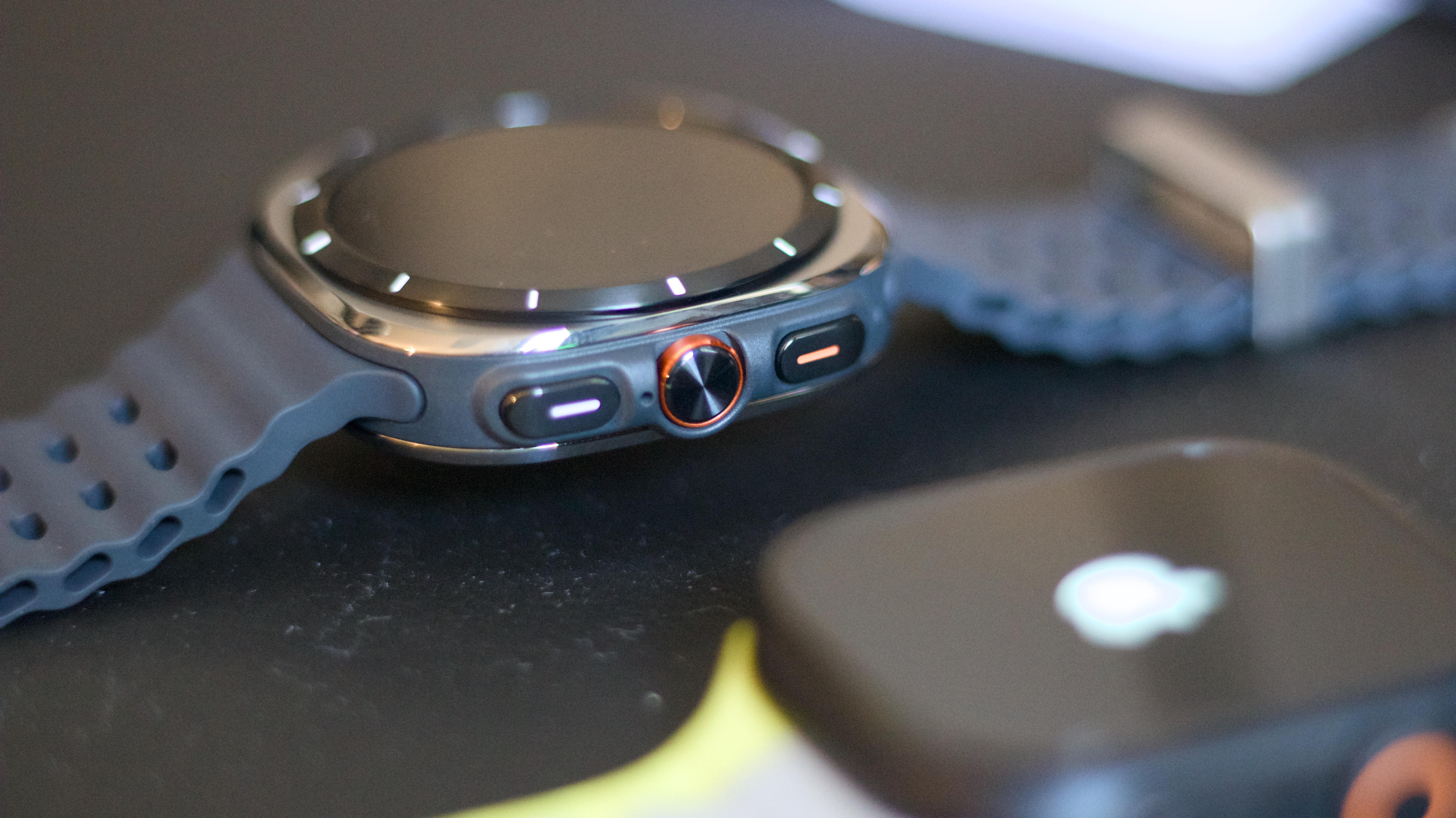The best Android smartwatch of 2025 just got a 50% price hike in the US, and it could be a worrying sign of tariff pain to come
The price went up by 50%

To call the OnePlus Watch 3 one of the best Android smartwatches of 2025 might be a little premature, considering it's only April. But even though we're expecting a new Google Pixel Watch 4 and a Galaxy Watch 8 later this year, the plucky Wear OS number with battery life to spare was a brilliant Wear OS pick, right up until last week.
Unveiled earlier this year, delayed from February, and finally launched in April, the OnePlus Watch 3 was supposed to launch in the US at the cost of $329 and a UK price of £319. There were discounts galore to compensate for the two-month delay, with customers in the UK and elsewhere in Europe even being offered free earbuds to soften the blow of waiting.
Sales went live, and all looked to be well, with prospective users on both sides of the pond presented with a potent alternative to the Google Pixel Watch 3. Things got even better for UK users when the price changed on launch day to just £269, and the OnePlus Watch 3 remains an excellent Android choice for UK users.
In the US, however, it's a different story, following the harrowing news that the OnePlus Watch 3 would be going up in price by an eye-watering $170. Shortly after launch, OnePlus quietly raised the price by over 50%, and now sells the OnePlus Watch 3 for $499 on its website, with no discount in sight.
Market uncertainty

As we've previously postulated, headline-making tariffs are almost certainly the reason behind the massive hike. The fact that the vast price increase is confined to the US (contrast it with the price drop in the UK) and was timed following the latest round of searing tariffs on imported goods made abroad all point in one direction.
We're barely two weeks removed from President Trump's infamous tariff chart moment, which even included 10% tariffs on an island solely inhabited by penguins.
As is to be expected in a trade war, China, one of the main targets of the measures, has reciprocated in kind. But things got really out of hand last week when the President announced an extra 84% levy on all Chinese goods, taking the total to over 100%, and then up to 145% all in one day.
Get daily insight, inspiration and deals in your inbox
Sign up for breaking news, reviews, opinion, top tech deals, and more.
Over the weekend, a rollback on some smartphones and other electronic devices was announced before President Trump later suggested the exemption was not actually an exemption but rather a reshuffling.
The chances are that you're struggling to keep up, and the picture may have completely changed by the time I finish this piece, or even this paragraph. But the watchword of the day is uncertainty, and companies like OnePlus that rely heavily on China for manufacturing goods are in the firing line.

Despite what you may have heard, tariffs are generally going to make the electronic devices you pay for more expensive. The OnePlus Watch 3 is the first example, but it won't be the last. Razer has pulled some of its latest laptops from sale while it navigates the uncertainty. The highest-profile casualty is the Nintendo Switch 2.
There are remedies for companies, and manufacturing in countries with lower tariffs is one such option. Apple even reportedly flew six planes full of iPhones from India to the US before the tariff announcement to try and get ahead of the game
But the upshot is I'm worried about the future of wearables. OnePlus is a major player in this sector, and the Watch 3 was supposed to be one of the highlights of the year.
Unfortunately, a 50% price hike makes it much harder to recommend as a purchase, and there's a more worrying underlying issue. The market as a whole is threatened by this uncertainty and these big price hikes, and it could go one of two ways.
In one scenario, massive companies like Apple and Google, which are better equipped to absorb tariff losses, can keep their prices steady, move in, and hoover up more of the smartwatch market at the expense of smaller companies like OnePlus. Even raising prices by a more modest amount would be enough to squeeze the likes of OnePlus out of the market over the course of a year or two.
Like any lack of competition, this will stifle innovation, reduce consumer choice, and organically fuel price hikes in the future.
The more sinister option is that companies like Apple and Google will follow suit in pricing, regardless of tariff impact, and the price of smartwatches as a whole will go up. If a smartwatch with Wear OS 5, an AMOLED display, and 120 hours of battery life is now 50% more expensive in 2025, then Apple could easily charge the same or more for its new Apple Watch Series 11, just as Google could for its next Pixel Watch or Samsung for its next Galaxy Watch.
There's always the chance that this trade war fizzles out, or the requisuite exemptions protect smartwatch customers and manufacturers from the very worst effects, but the short term damage in my view has already been done. A $329 smartwatch now costs $499; it's a devastating blow and one the market might never recover from.
You might also like

Stephen Warwick is TechRadar's Fitness & Wearables writer with nearly a decade of experience covering technology, including five years as the News Editor of iMore. He's a keen fitness enthusiast and is never far from the local gym, Apple Watch at the ready, to record his latest workout. Stephen has experience writing about every facet of technology including products, services, hardware, and software. He's covered breaking news and developing stories regarding supply chains, patents and litigation, competition, politics and lobbying, the environment, and more. He's conducted interviews with industry experts in a range of fields including finance, litigation, security, and more. Outside of work, he's a massive tech and history buff with a passion for Rome Total War, reading, and music.
You must confirm your public display name before commenting
Please logout and then login again, you will then be prompted to enter your display name.